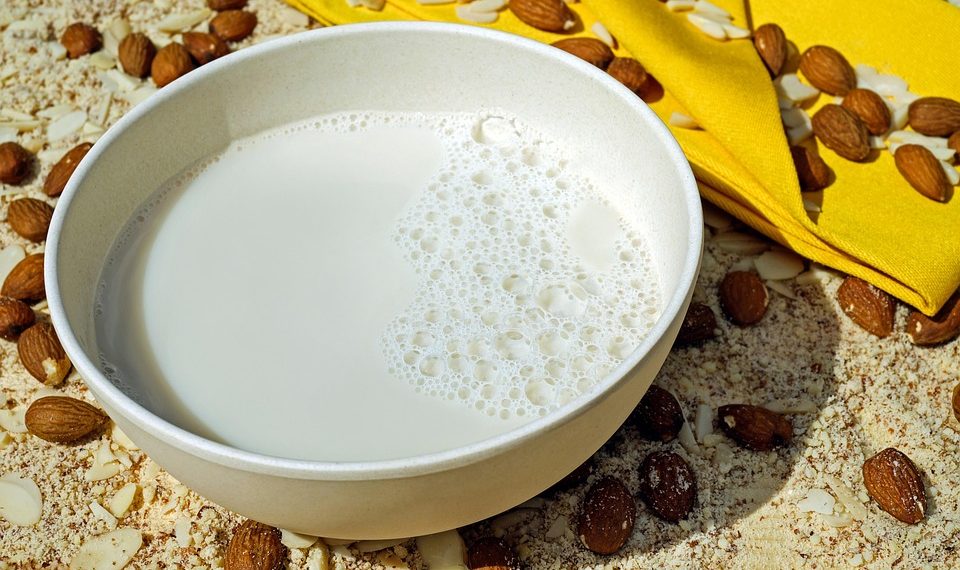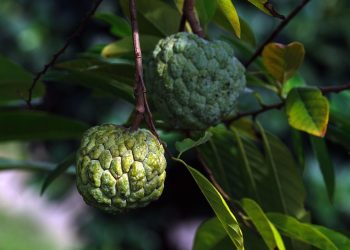Low glycemic vegetables can be your best allies in achieving vibrant health. They are not just a trend; they are a lifestyle choice that can transform how you feel each day. Understanding these vegetables and incorporating them into your meals can help stabilize your blood sugar, enhance your energy levels, and even aid in weight management. So, if you’re ready to take charge of your health, let’s dive into these ten incredible low glycemic vegetables that can boost your health today!
Contents
What Are Low Glycemic Vegetables?
Low glycemic vegetables are those that have a minimal impact on your blood sugar levels. This matters because when you consume foods that cause your blood sugar to spike, you may experience energy crashes, cravings, and mood swings. By choosing low glycemic options, you can maintain steady energy and feel fantastic throughout the day.
These vegetables are rich in nutrients, fiber, and antioxidants, making them not just good for your waistline but also excellent for your overall well-being. Think of them as nature’s little vitamins, ready to nourish your body and soul.
Why Should You Care About Glycemic Index?
The Glycemic Index (GI) measures how quickly foods raise blood sugar levels. Foods with a high GI can lead to rapid spikes and crashes, while low GI foods provide a more sustained release of energy. By incorporating low glycemic vegetables into your diet, you can:
- Control hunger: They’re filling, which helps stave off those pesky snack cravings.
- Stabilize energy levels: Say goodbye to the afternoon slump.
- Support weight management: They’re often lower in calories and high in fiber.
- Reduce the risk of chronic diseases: Think heart disease and diabetes.
Let’s Discover the Top 10 Low Glycemic Vegetables
1. Spinach
Spinach is a powerhouse packed with nutrients. With a glycemic index of 15, it’s low in calories and high in vitamins A, C, and K. Toss it in salads, smoothies, or sauté it as a side dish. Your body will thank you!
2. Kale
Kale isn’t just a trend; it’s a superfood. With a GI of 2, it’s incredibly nutrient-dense. Rich in antioxidants and fiber, it supports your immune system and digestion. Add it to your smoothies or enjoy it steamed for a nutrient boost.
3. Broccoli
Broccoli, with a glycemic index of 10, is more than just a side vegetable. It’s loaded with vitamins C and K, as well as fiber. Roast it, steam it, or toss it in stir-fries for an easy health boost.
4. Cauliflower
Cauliflower is as versatile as it is nutritious. With a GI of 15, it can be made into rice, mashed, or even used in pizza crusts. It’s packed with vitamin C and antioxidants, making it a fantastic low-calorie option.
5. Zucchini
Zucchini has a GI of just 15, making it another excellent choice. It’s high in water content, keeping you hydrated, and can be spiralized into noodles or grilled for a delicious, healthy dish.
6. Bell Peppers
With a glycemic index of 15, bell peppers are not only colorful but also rich in vitamins A and C. Snack on them raw, add them to salads, or sauté them with other veggies for an explosion of flavor and nutrition.
7. Asparagus
Asparagus, with a low GI of 15, is perfect for adding a gourmet touch to your meals. It’s high in fiber and folate, supporting gut health and heart function. Grill or roast it for an elegant side dish.
8. Mushrooms
Mushrooms have a glycemic index of 10, making them a fantastic low-calorie option loaded with vitamins and minerals. They add umami flavor to your dishes, whether you’re tossing them in salads or adding them to stir-fries.
9. Cabbage
Cabbage is a low glycemic vegetable (GI of 10) that’s both versatile and nutritious. Whether you enjoy it raw in salads or cooked in soups, it’s high in fiber and vitamin K, promoting digestive health.
10. Eggplant
Eggplant rounds out our list with a glycemic index of 15. It’s low in calories and high in antioxidants. Grill it, bake it, or toss it into a ratatouille for a hearty, nutritious meal.
Benefits of Adding Low Glycemic Vegetables to Your Plate
Incorporating these low glycemic vegetables into your diet can lead to a multitude of health benefits:
- Weight management: Their high fiber content keeps you full longer, helping you avoid unhealthy snacking.
- Stable blood sugar: By keeping your blood sugar levels even, you’ll experience fewer cravings and mood swings.
- Enhanced digestion: The fiber helps maintain a healthy gut, preventing constipation and promoting overall digestive health.
- Rich in nutrients: These vegetables are packed with essential vitamins and minerals your body needs to function optimally.
Tips for Incorporating Low Glycemic Vegetables into Your Diet
- Start your day with greens: Add spinach or kale to your morning smoothie. You’ll kickstart your day with a nutrient boost!
- Snack wisely: Keep cut-up bell peppers or cucumbers handy for quick, healthy snacks.
- Experiment with cooking methods: Roast, steam, or grill your veggies to enhance their flavor and nutritional value.
- Try new recipes: Look for creative ways to include more veggies in your meals, such as zucchini noodles or cauliflower rice.
Simple, Delicious Recipes to Get You Started
Spinach and Feta Stuffed Chicken Breast
Ingredients:
- 2 chicken breasts
- 1 cup fresh spinach
- 1/2 cup feta cheese
- Olive oil, salt, and pepper
Instructions:
- Preheat your oven to 375°F.
- Sauté spinach in olive oil until wilted.
- Mix spinach with feta cheese and stuff the chicken breasts.
- Season with salt and pepper.
- Bake for 25-30 minutes or until cooked through.
Cauliflower Fried Rice
Ingredients:
- 1 head of cauliflower, riced
- 1 cup mixed veggies (carrots, peas)
- 2 eggs, beaten
- Soy sauce, garlic, and green onions
Instructions:
- In a pan, sauté garlic and mixed veggies until tender.
- Add riced cauliflower and stir-fry for about 5-7 minutes.
- Push the mixture to the side, scramble the eggs, and mix everything together.
- Season with soy sauce and garnish with green onions.
Bottom Line
Incorporating low glycemic vegetables into your diet is a simple yet powerful way to boost your health. They’re not just good for your waistline; they’re essential for your overall well-being. You’ll feel more energetic, satisfied, and healthier.
So, take a moment to explore new recipes, experiment with these vibrant vegetables, and transform your meals into health-boosting powerhouses. Your body deserves it!
FAQ
What is the Glycemic Index?
The Glycemic Index (GI) measures how quickly foods raise blood sugar levels, helping you choose foods that maintain steady energy.
How can low glycemic vegetables help with weight loss?
They’re often lower in calories and high in fiber, which keeps you feeling full longer and reduces the urge to snack.
Can I eat low glycemic vegetables every day?
Absolutely! They are nutritious and beneficial for your health, making them a great choice for daily meals.
Embrace these low glycemic vegetables and watch how they elevate your health journey. You’ve got this!
Get Your FREE Natural Health Guide!
Subscribe now and receive our exclusive ebook packed with natural health tips, practical wellness advice, and easy lifestyle changes — delivered straight to your inbox.















